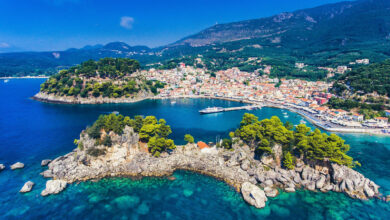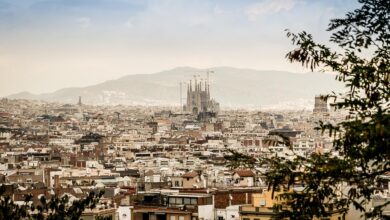Lebanon is a country located in the Middle East, on the eastern coast of the Mediterranean Sea. It is bordered by Syria to the north and east, and Israel to the south. With a rich history and diverse culture, Lebanon has long been considered a crossroads of civilizations.
Lebanon has a complex history, marked by periods of independence, foreign rule, and internal conflict. In the years leading up to World War I, the Ottoman Empire controlled the region, but the country gained independence in 1943. Despite its relative stability in the post-war period, the country was plunged into a brutal civil war in 1975 that lasted 15 years. Since the end of the civil war, Lebanon has struggled to maintain stability and rebuild, facing political turmoil, economic challenges, and repeated outbreaks of violence.
Despite these challenges, Lebanon is renowned for its unique cultural identity and its contributions to the arts, literature, and music. The country is home to a vibrant and diverse society, with a mix of different religious and ethnic groups, including Christians, Muslims, and Druze. This diversity is reflected in the country’s rich cultural heritage, including its food, music, and architecture.
Lebanon is also known for its vibrant and bustling capital, Beirut. Often referred to as the “Paris of the Middle East,” Beirut was once considered one of the most beautiful cities in the region. Today, the city is still a hub of cultural activity and a centre of commerce, despite the damage it sustained during the civil war.
In recent years, Lebanon has faced a number of economic and political challenges, including a crippling debt crisis, rising unemployment, and ongoing political turmoil. Despite these difficulties, the country remains an important centre of commerce and culture in the region, and its people continue to be renowned for their resilience and their commitment to preserving their cultural heritage.
In conclusion, Lebanon is a country with a rich history, diverse culture, and unique identity. Despite the challenges it faces, it remains an important player in the region and a source of pride for its people. With its vibrant cities, rich cultural heritage, and enduring spirit, Lebanon is sure to continue to play a significant role in the region for years to come.
Best Time to Visit Lebanon
The best time to visit Lebanon depends on your preferences and what you would like to do while you’re there.
If you’re looking for a beach holiday, the best time to visit is from June to September, when temperatures are warm and sunny, and the beaches are at their busiest.
If you’re interested in outdoor activities such as skiing or hiking, the best time to visit is from December to April, when the mountains receive a good amount of snowfall, making it ideal for skiing and other winter sports.
For those interested in visiting historical and cultural sites, any time of the year is suitable. However, it’s best to avoid visiting during the summer months, as the heat can be intense, making it difficult to fully enjoy your visit.
It’s also important to keep in mind that some parts of the country can be unstable, so it’s always best to check the latest travel advisories before booking your trip.
Average Temperature in Lebanon
Lebanon has a Mediterranean climate, characterized by mild, wet winters and hot, dry summers. The average temperature in Lebanon varies depending on the time of year and location.
In Beirut, the average temperature in January, the coldest month, is around 10°C (50°F). In August, the hottest month, the average temperature is around 28°C (82°F).
In the mountains, temperatures are generally lower than in the coastal areas, with winter temperatures often dropping below freezing. Coastal areas can be hot and humid in the summer, with temperatures sometimes reaching up to 40°C (104°F).
Overall, temperatures in Lebanon are fairly moderate, making it a great destination for year-round travel, depending on your interests and preferences.
Credits
Photo: Raouche Rocks, Beirut, Lebanon. Photo by: Ramy Kabalan on Unsplash



